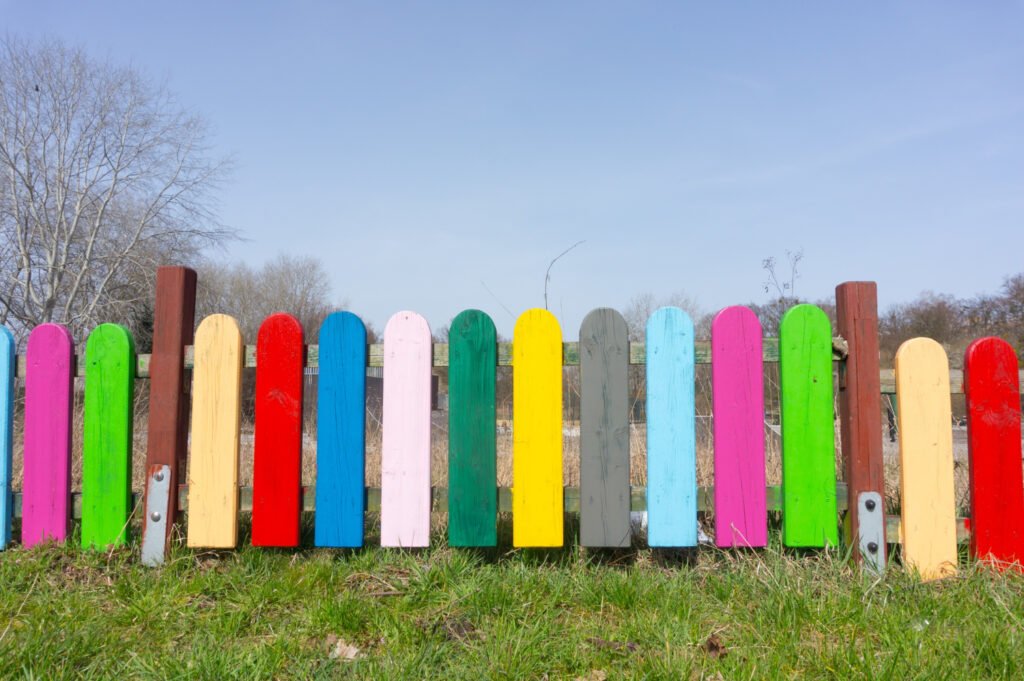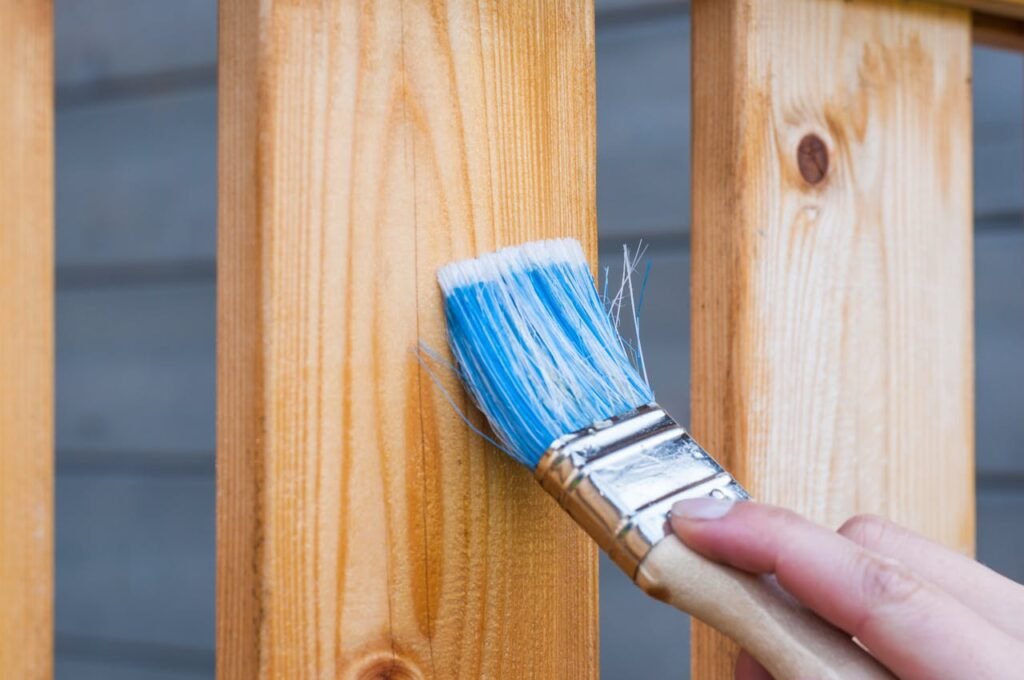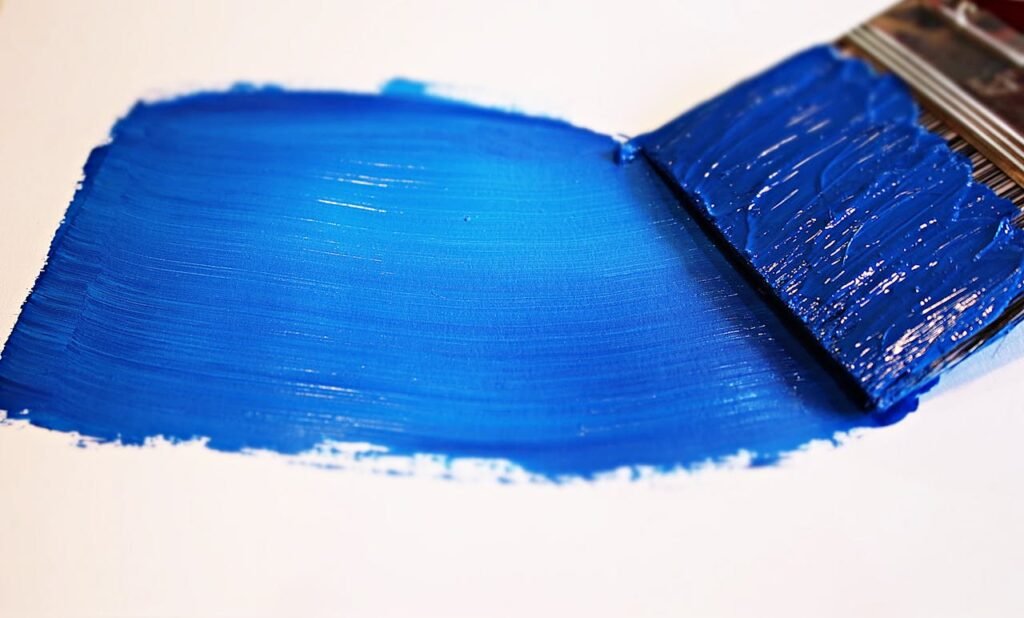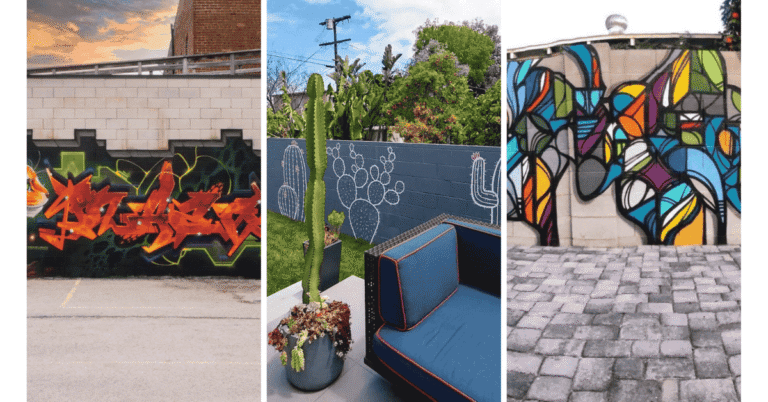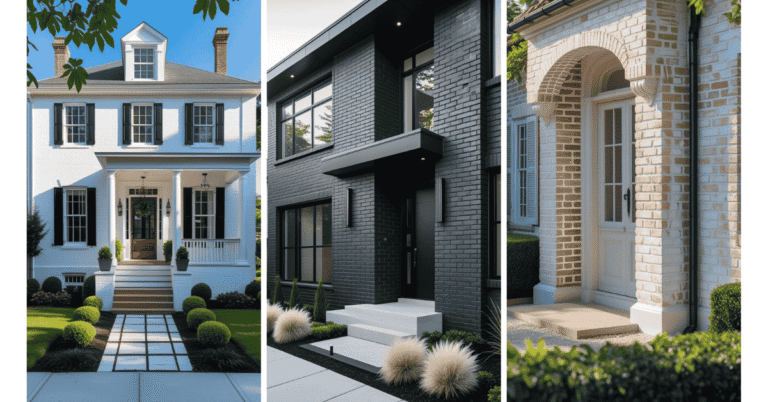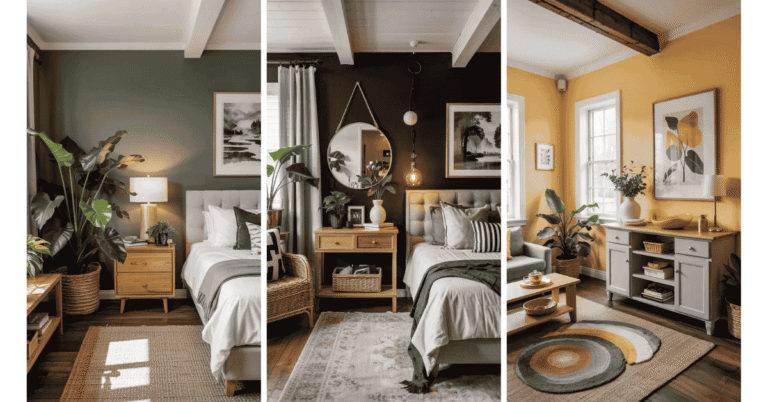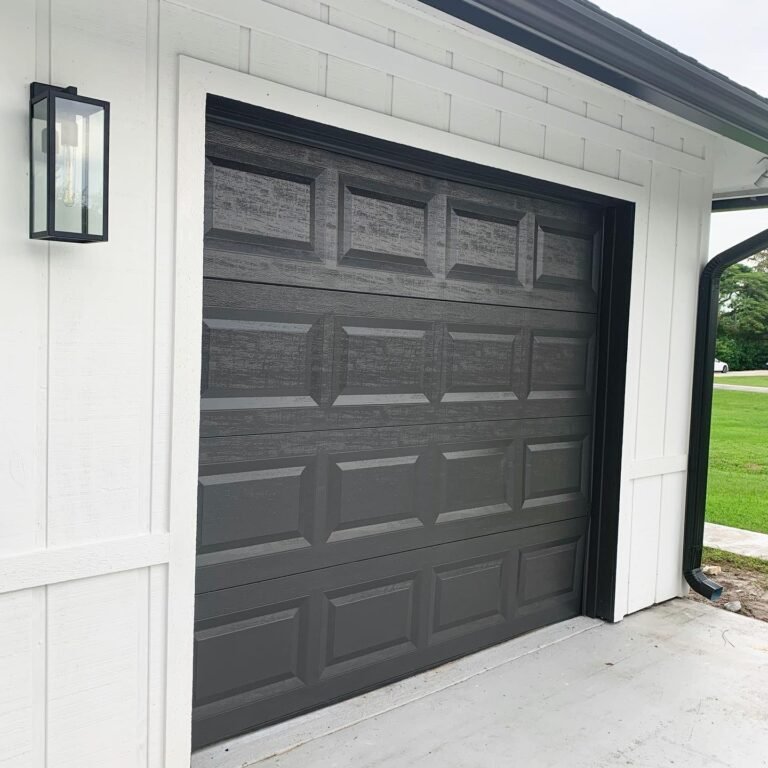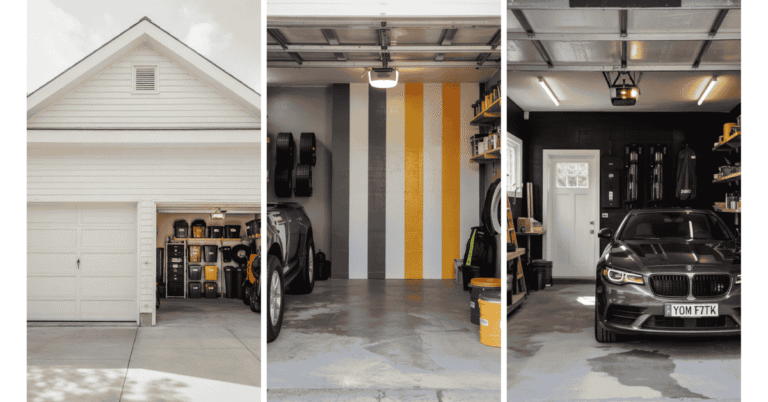How Much Does It Cost to Paint a Fence?
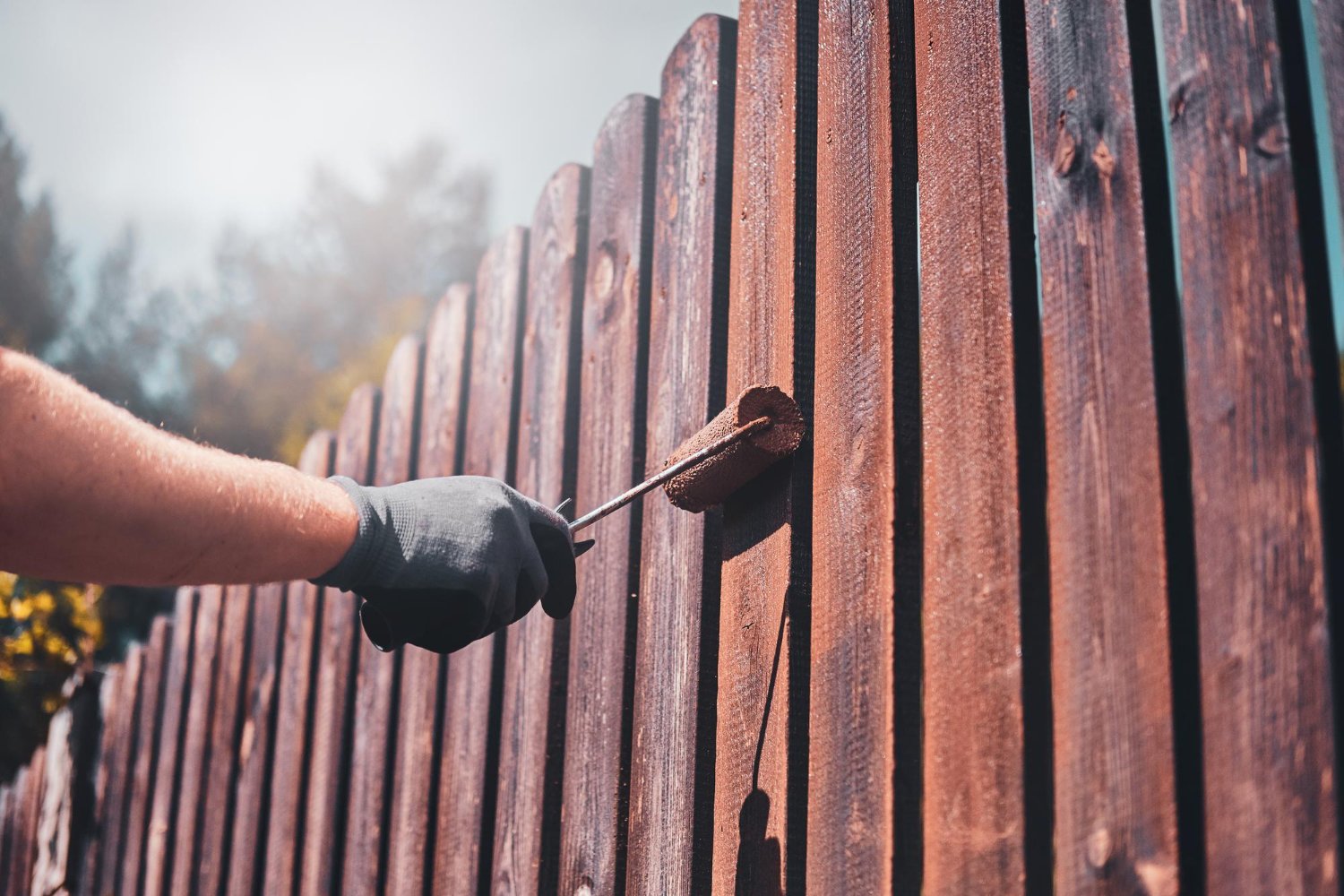
The cost to paint a fence varies widely depending on factors such as fence size, type, and condition. On average, painting a fence costs between $1.60 and $4.20 per square foot or about $2 to $14 per linear foot, with most projects falling in the $750 to $4,250 range for professional work. Material choice, number of coats, and labor rates also influence this price.
Many homeowners spend around $2.40 per square foot when hiring professionals, while DIY projects can reduce labor costs but require time and effort. Prices fluctuate based on the fence style, whether it’s a 4-foot picket or a 6-foot privacy fence, as well as preparation needs like cleaning or repairs.
Understanding these cost ranges helps set a clear budget and decide whether to hire a pro or tackle the job independently. This article breaks down what to expect so readers can plan their fence painting project confidently.
Average Cost to Paint a Fence
Fence painting costs vary based on location, measurement method, and whether the work is done by a professional or DIY. Prices depend on the fence size, materials, and labor rates, which can change regionally. Understanding these variables can help estimate a realistic budget.
National and Regional Pricing
The national average cost to paint a fence typically falls between $750 and $4,250, with the midpoint around $1,700. Coastal and metropolitan areas tend to have higher prices due to increased labor costs and demand.
In rural or less populated regions, prices can be lower by 10-30%, reflecting the lower cost of living. Weather conditions and regional material availability also influence pricing, especially in areas where certain paint types or prep work are necessary for durability.
Price per Foot or Panel
Painting costs often break down by linear foot or by panel. The price per linear foot usually ranges from $2 to $13, depending on fence height, complexity, and paint quality.
Per square foot, prices are around $1.60 to $3.20, including materials and labor. For a typical residential fence measuring about 600 square feet, the total can range from $960 to $1,920. Panel pricing tends to fall between $25 and $110 per panel, depending on size and material.
DIY vs. Professional Costs
DIY fence painting significantly reduces costs but requires time, effort, and proper equipment. Paint and primer materials alone can cost between $300 and $700 for an average fence, excluding equipment rentals.
Hiring a professional averages $1,700, which covers prep, multiple coats, and expert application. Professionals provide durability and finish quality that may lengthen the time between repainting. However, labor rates vary, and some homeowners may find DIY options more economical if prepared for the work involved.
Key Factors Affecting Fence Painting Costs
Several key elements directly influence the cost of painting a fence. These include the fence’s material type, its dimensions, the current condition of the surface, and the kind of paint or stain selected.
Type of Fence Material
Fence material is a primary factor in cost variation. Wood fences often require more preparation and specialized paint, increasing labor and material expenses. Metal fences might need rust treatment and primers, adding to the total.
Vinyl or composite fences usually cost less to paint because they require less surface prep and specialized coatings. However, painting some smooth materials may need additional effort to ensure paint adhesion.
Each material demands different types and amounts of paint, such as oil-based or latex, affecting material costs. The painter’s expertise with specific fence types can also influence the price.
Size and Length of the Fence
The more extensive the fence, the higher the total cost due to increased labor and material needs. Costs are often calculated per linear or square foot.
A 100-foot fence will typically cost twice as much as a 50-foot fence, assuming similar surface conditions. Height also matters; taller fences require ladders or scaffolding, which can add to labor costs.
Complex fence designs or those with intricate patterns may increase time and materials needed. It is common to see prices range from $3 to $14 per linear foot depending on size and paint type.
Surface Condition and Preparation
Fence painting costs rise with the level of surface preparation required. New fences may need little prep, while older ones often require sanding, stripping old paint, or pressure washing.
Damaged or rotting wood might need repairs or replacement before painting, increasing expenses. Clean, smooth surfaces allow for quicker painting and less material usage.
Proper preparation ensures better paint adhesion and durability, reducing the need for frequent repainting. Ignoring prep work can result in peeling or uneven coverage, costing more over time.
Type of Paint or Stain Used
The choice of paint or stain significantly impacts cost. Higher quality, weather-resistant paints typically cost more but offer longer-lasting protection and better appearance.
Oil-based paints tend to be pricier and require longer drying times. Latex paints are more affordable and easier to work with but may need more coats.
Stains penetrate the wood and often require less surface prep, which can reduce labor costs. Specialty paints, like anti-rust for metal fences, add to the overall expense.
Selecting a paint with UV protection or mildew resistance increases upfront costs but extends the lifespan of the finish.
Labor and Time Considerations
Labor costs and project duration are key factors in determining the total expense of painting a fence. Several elements influence these, including painter hourly rates, how long the job takes, and difficulties related to site access or terrain.
Hourly Rates for Painters
Professional painters typically charge between $30 and $75 per hour for fence painting jobs. Rates vary based on the painter’s experience, location, and whether any additional services like surface preparation are required.
Some painters may offer fixed rates based on fence length or area, but hourly rates remain common. Labor costs alone can represent a significant portion of the total expense, especially for larger or complex fences.
DIY labor eliminates these fees but requires skill and time.
Project Timeline Estimates
Painting a standard fence usually takes between half a day and two days. Time depends on fence size, paint type, and preparation level. A 125-square-foot fence might be completed in just a few hours by experienced painters.
Factors like drywall repairs, weather conditions, and drying times can extend the project. If a fence requires multiple coats or stain instead of paint, the timeline lengthens accordingly.
Planning for these intervals is essential to avoid delays and added costs.
Access and Terrain Challenges
Fence painting in hard-to-reach places increases labor time and cost. Uneven terrain, steep slopes, or limited workspace complicate the process.
Painters may need specialized equipment or more workers to complete jobs on difficult sites safely and efficiently.
Easy access allows for quicker completion and often lower fees. Professional estimates typically account for these conditions when quoting prices.
Breakdown of Material and Supply Costs
Painting a fence involves several key material expenses. These include the price of paint or stain, necessary primers and sealants, and the tools required to complete the job efficiently.
Paint and Stain Expenses
Fence painting costs largely depend on the type and quality of the paint or stain selected. On average, materials cost about $0.26 to $0.36 per square foot. A typical gallon of fence paint covers roughly 250 to 350 square feet.
Stains and paints designed for outdoor use resist weather and UV damage. Oil-based stains tend to cost more but last longer, while water-based paints are usually cheaper and easier to clean. The total paint cost will vary based on the fence’s size and number of coats needed.
Primers, Sealants, and Additives
Primers improve paint adhesion and durability, especially on bare or weathered wood. Their price typically ranges from $15 to $30 per gallon. Using a primer increases initial cost but protects the wood and extends the fence’s lifespan.
Sealants help guard against moisture and decay. They may be applied before or after painting depending on the product. Some additives can enhance coverage or drying time and usually add modest cost but improve finish quality.
Tools and Equipment Needs
Basic tools include brushes, rollers, or sprayers, each with different price points. Brushes cost around $5 to $20 depending on size and quality. Rollers may be $10 to $30, and professional sprayers start near $50.
Other supplies such as painter’s tape, drop cloths, sandpaper, and ladders add to overall costs. Renting equipment like sprayers or scaffolding is an option if the project is large, impacting the budget accordingly.
How to Save Money on Fence Painting
Significant savings can be achieved by carefully timing purchases, buying materials in larger quantities, and preparing the fence efficiently. These strategies help reduce both labor and supply costs without sacrificing quality.
Seasonal Discounts and Offers
Many paint suppliers and contractors offer discounts during slower periods, typically in late fall or early spring. Scheduling fence painting projects during these off-peak seasons can lower labor rates by 10% to 20%.
Home improvement stores often run promotions on paint and supplies during these times as well. Watching for sales, using coupons, or buying during holiday events can decrease the overall price.
Booking services or purchasing materials in advance can also lock in better rates. Comparing quotes and negotiating with contractors before peak season starts often yields cost benefits.
Bulk Material Purchases
Buying paint, primers, and other supplies in bulk reduces the per-unit cost. Contractors usually get volume discounts, but homeowners can benefit too by pooling materials with neighbors or combining projects.
Calculate the total linear or square footage to avoid buying excess material, which wastes money. Standard fencing panels are typically 6 to 8 feet wide, so purchasing paint quantities based on panel count helps streamline estimates.
Some materials have a long shelf life and can be stored for future touch-ups, making bulk buying practical. Use a checklist to ensure all required materials are included before purchase to prevent costly last-minute trips.
Efficient Preparation Tips
Proper fence preparation reduces the amount of paint needed and improves adherence, extending the life of the finish. Removing dirt, mildew, and loose paint with pressure washing or scrubbing helps the new coat stick better.
Repairing damaged boards or rusted nails beforehand prevents extra coats or touch-ups later. Sanding rough surfaces smooths the fence, cutting paint consumption by up to 25%.
Using drop cloths and painter’s tape minimizes waste from overspray or spills. Efficient preparation often shortens the project timeline, indirectly lowering labor costs if hiring professionals.

